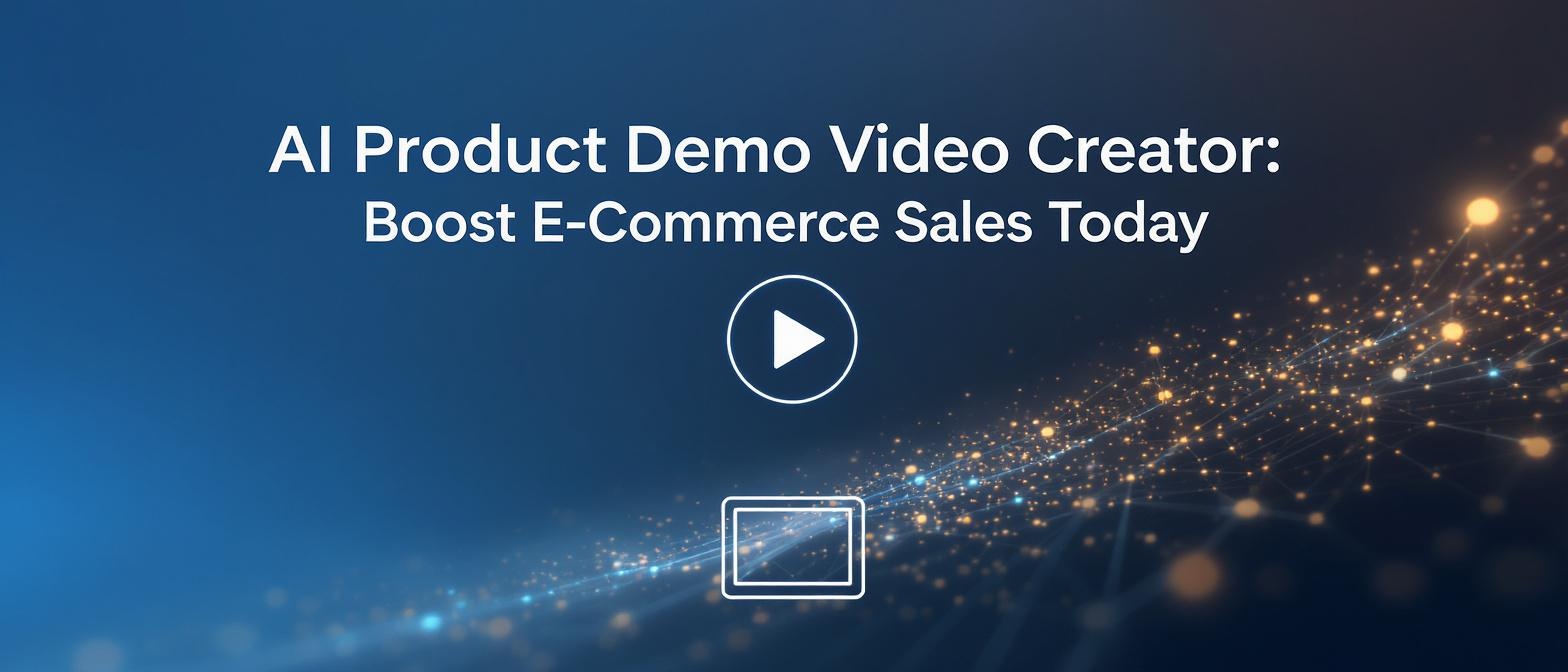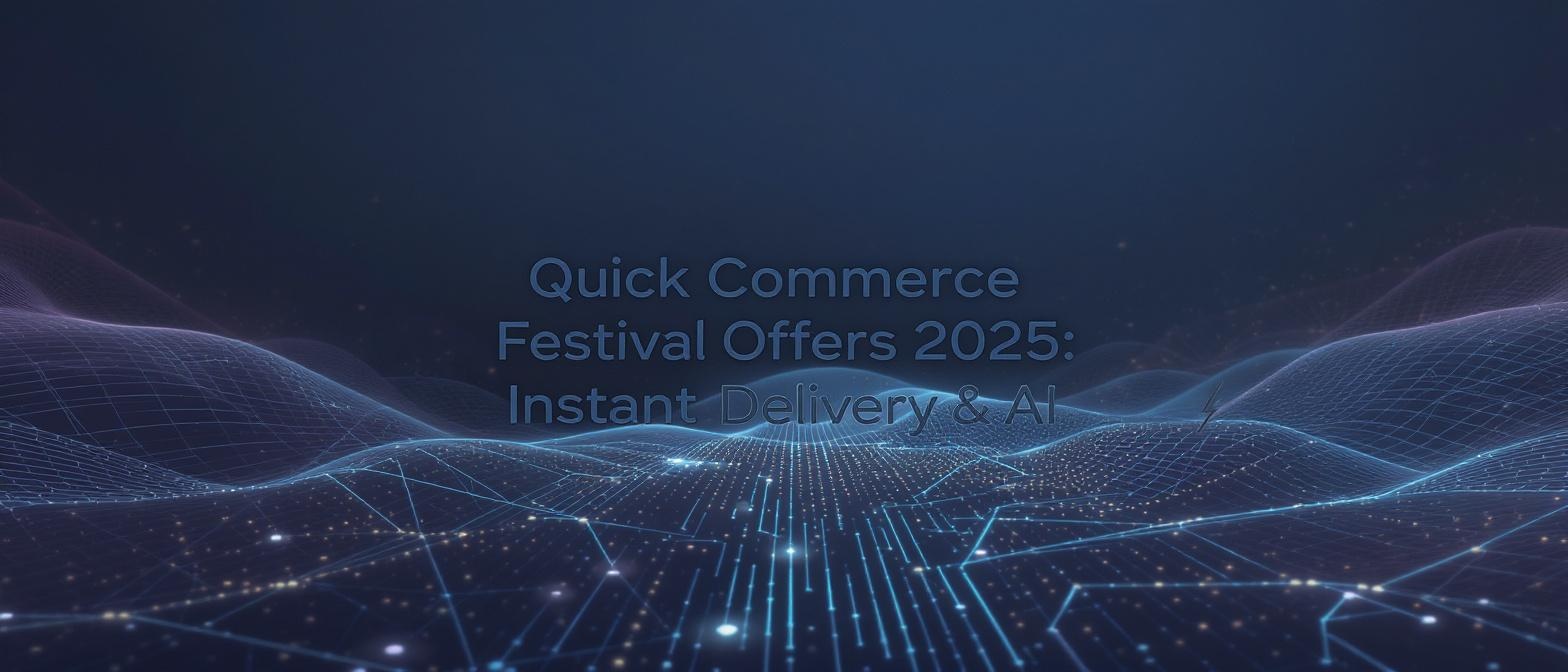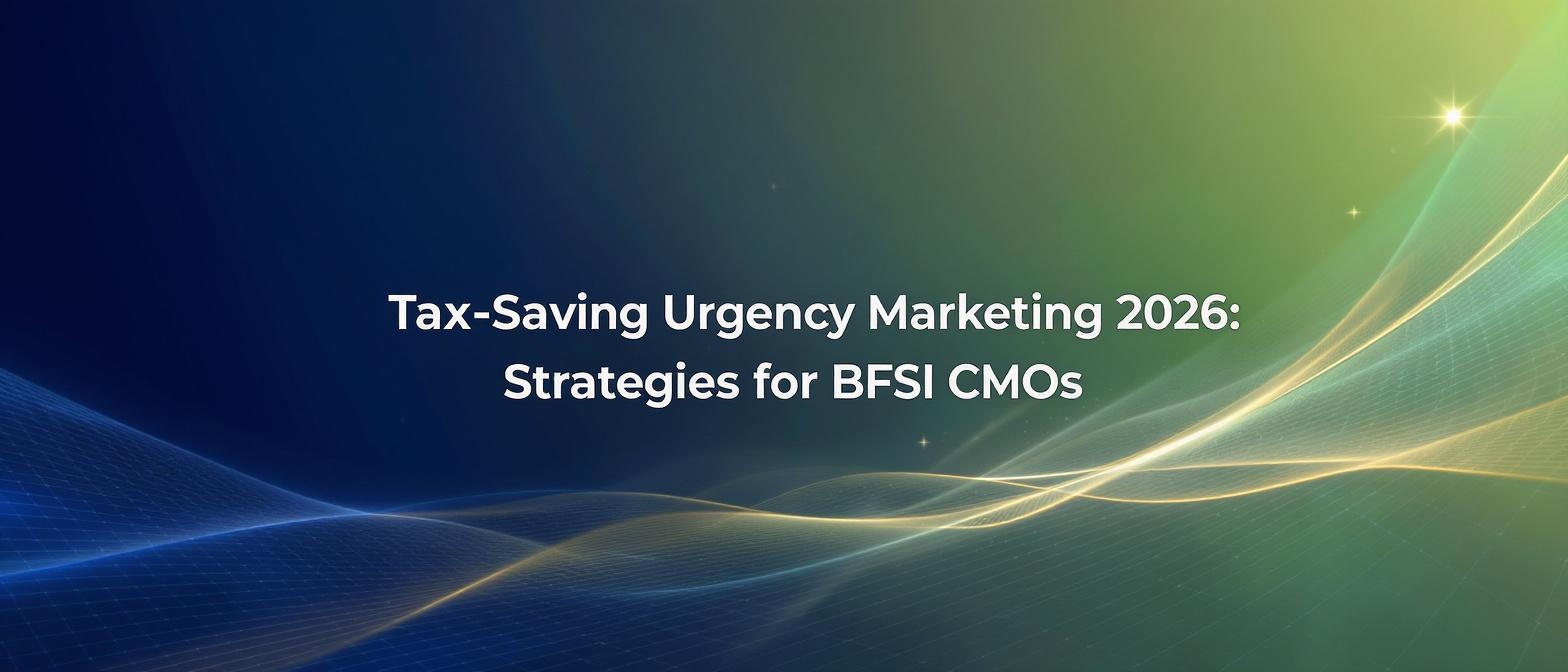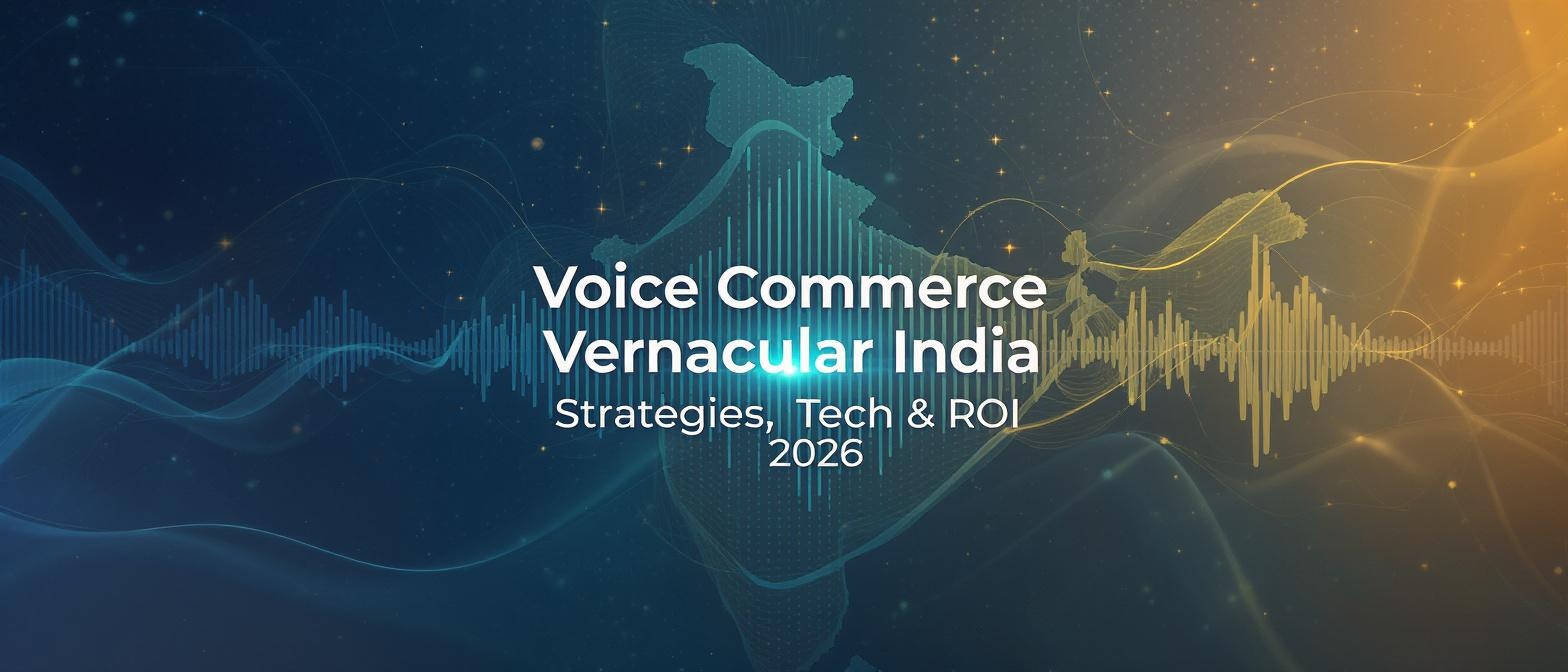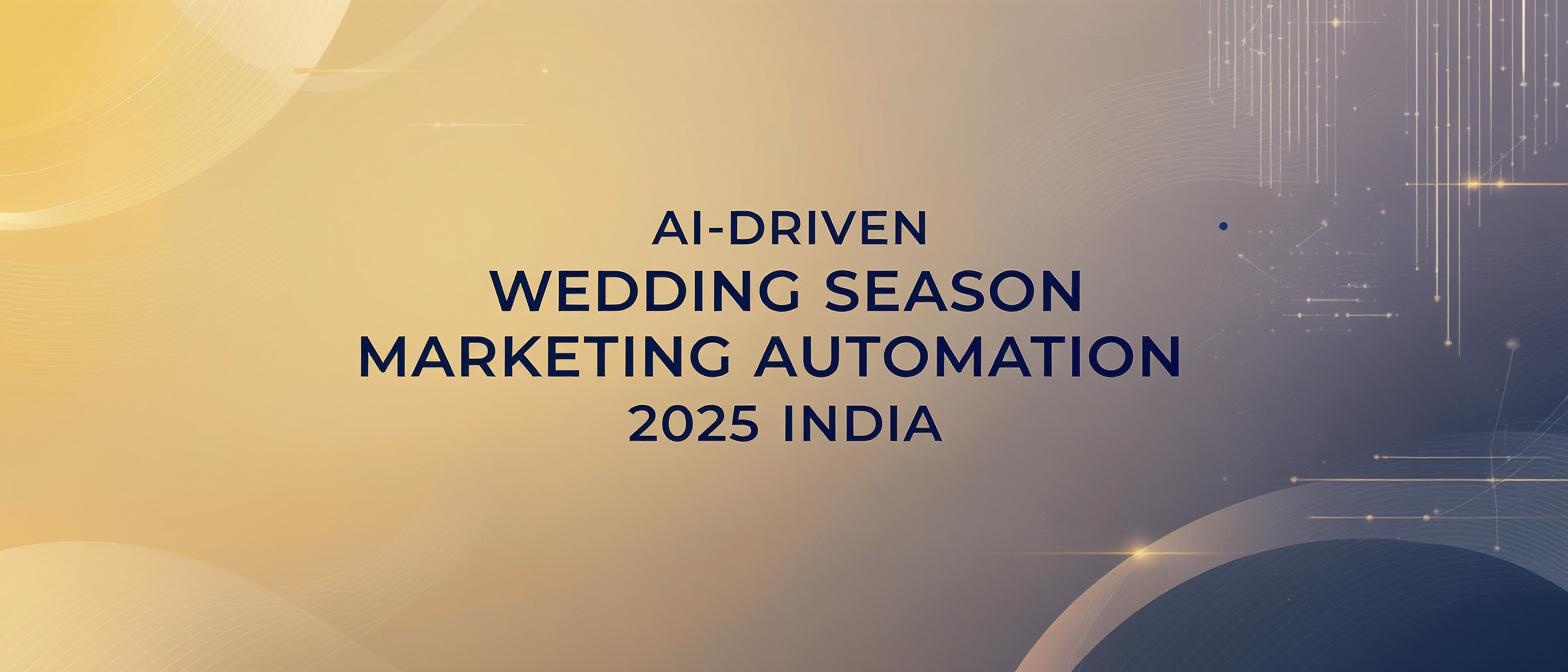AI Product Demo Video Creator for E-commerce: Scale Cost-Effective Product Videos for Indian D2C Brands
Estimated reading time: 11 minutes
Key Takeaways
- AI-powered video demos can slash production costs and reduce studio dependencies
- Creating multilingual content expands reach across India's diverse markets
- Personalization drives higher engagement and conversions
- Case studies show up to 4x ROI from adopting AI-driven product demos
- Implementing scalable tools ensures faster time-to-market and a competitive edge
In the hyper-competitive landscape of Indian e-commerce, standing out is no longer a luxury—it's a necessity. For Direct-to-Consumer (D2C) brands and online sellers, the key to capturing audience attention and driving sales lies in powerful, engaging video content. This is where the transformative power of an AI product demo video creator for e-commerce comes into play. An AI product demo video creator e-commerce tool uses machine learning and avatar technology to transform product images, scripts, and metadata into lip-synced, multi-lingual product demo videos in minutes.
The shift towards video is undeniable. Research shows that over 80% of Indian shoppers engage with video content during peak festival seasons, a critical period for any e-commerce business. Furthermore, a staggering 47% report watching product demos before making a purchase decision. For small e-commerce businesses and D2C marketers in India, the challenge has always been creating high-quality video at scale without breaking the bank. This guide is for those innovators seeking cost-effective, scalable solutions to dominate on Shopify, Amazon, and social commerce platforms. We'll explore how AI video for online sellers is not just a futuristic concept but a present-day necessity for growth, and how the right AI product demo video creator e-commerce tool can level the playing field. The AI-enabled e-commerce market is projected to reach an incredible $8.65 billion in 2025, signaling a massive shift in how brands will operate and market themselves.
The State of E-Commerce Video Marketing in India
Video marketing for e-commerce in India has evolved dramatically. The era of long, drawn-out product explanations is over. Today, the market is defined by short-form video dominance. We're talking about snappy, under-30-second demos that are perfectly optimized for Instagram Reels, WhatsApp Status updates, and the prime digital real estate of Amazon storefronts. This format is not just a trend; it's a reflection of the mobile-first Indian consumer's viewing habits.
The strategic importance of video is reflected in budget allocations. A recent industry report indicates that approximately 65% of Indian Small and Medium Businesses (SMBs) plan to significantly increase their video marketing spend in 2025. This investment is driven by clear returns: data suggests that around 70% of online shoppers believe demo videos reduce return rates by providing a clearer understanding of product features and functionality. This clarity builds consumer confidence and leads to more satisfied customers. In fact, studies show that 91% of consumers want to see more online video content from brands in the coming year, a clear mandate for businesses to adapt.
However, for emerging D2C brands and independent sellers, the path to effective video marketing is fraught with challenges:
- Prohibitive Studio Costs: A professional product video shoot can cost anywhere from ₹20,000 to ₹50,000, a steep price for a single product demo.
- Significant Technical Barriers: The expertise required for video editing, professional voiceovers, and especially multi-language localization creates a high barrier to entry.
- Extended Time-to-Market: The traditional video production cycle, from concept to final cut, can take a lengthy 2 to 4 weeks, causing critical delays in product launches and marketing campaigns.
These obstacles make it incredibly difficult for smaller players to compete. They need a solution that allows for creating a product video without a studio, a tool that functions as an always-on e-commerce video content creator for India.
The Unmatched Benefits of AI-Powered Video Creation
The advent of AI-powered video creation tools marks a paradigm shift for the e-commerce industry. These platforms are not just incremental improvements; they are democratizing video production, offering a potent combination of efficiency, scale, and personalization that was previously unimaginable for most brands.
The most immediate and impactful benefit is massive cost reduction. By eliminating the need for studios, actors, and extensive post-production teams, AI tools can slash video production budgets by up to 80% compared to traditional methods. This allows brands to reallocate precious capital toward other growth areas like advertising and inventory.
Next is unprecedented speed and scalability. What once took weeks can now be accomplished in minutes. Advanced script-to-video pipelines can generate a polished, ready-to-publish 15-to-30-second product demo in under five minutes. This agility enables brands to create videos for their entire product catalog, respond instantly to market trends, and launch campaigns at a moment's notice. Platforms like Studio by TrueFan AI enable businesses to scale their video output from one to one thousand without a linear increase in cost or effort.
Personalization and localization are where AI truly shines. With automated voice-overs available in over 175 languages and dialects, brands can effortlessly connect with diverse regional markets across India. Dynamic on-screen text and customizable avatars allow for a level of personalization that resonates deeply with local audiences, breaking language barriers and building stronger customer relationships. This capability is crucial in a country with as much linguistic diversity as India.
Finally, the impact on SEO and engagement is profound. Product pages featuring video content see a significant boost in organic search rankings. More importantly, they can increase click-through rates by as much as 35%. This lift in engagement translates directly to higher conversion rates and a healthier bottom line. For any brand focused on growth, e-commerce product video automation is no longer a luxury—it's a core driver of performance. The ROI is clear, as companies using AI in their marketing efforts see at least a 20% boost in revenue on average.
A Look at Notable AI Video Creator Tools in India
The market for AI video creation is buzzing with innovation, particularly in India. Several platforms are offering unique features tailored to the needs of D2C brands and e-commerce sellers. Here’s a breakdown of some of the key players:
1. Studio by TrueFan AI
TrueFan has positioned itself as a leader in the self-serve SaaS space for AI video generation. Its platform is built with the e-commerce workflow in mind.
- Avatar Library: It boasts a diverse collection of photorealistic Indian influencers and models like Gunika, Annie, and Aryan, allowing brands to choose a face that aligns with their identity. It also offers custom avatar training for brands wanting a unique digital spokesperson.
- Seamless Script-to-Video: The process is incredibly simple. Users can type or paste short scripts (ideally 100–120 characters for maximum impact), and the platform generates a perfectly lip-synced video with a single click.
- Integrated Editor: The built-in editor provides essential tools for e-commerce, including auto-captioning, one-click aspect-ratio changes for different platforms (16:9 for YouTube, 9:16 for Reels), and background overlay capabilities to showcase products in context.
- Powerful API & Automation: For larger operations, TrueFan offers robust API and webhook integrations, enabling trigger-based video generation (e.g., creating a new video when a product is added to a Shopify store) and direct publishing to social media channels.
2. Steve.AI & Supademo
These platforms are excellent for creating a variety of ad creatives and product tutorials.
- Key Features: They specialize in instant storyboarding from text prompts, offer a range of AI avatars, and provide automated voice-overs.
- Use Cases: Their strength lies in quickly generating explainer videos and tutorials, making them a solid choice for brands focused on educating their customers about product usage and benefits.
3. Rephrase.ai
As an India-based generative AI specialist, Rephrase.ai has carved a niche in creating highly dynamic and personalized video ads.
- Key Feature: Its standout capability is the insertion of personalized elements into videos at scale. Using data feeds, it can create thousands of unique video variations where the viewer's name, location, or other details are seamlessly integrated into the content, making it a powerful tool for hyper-targeted campaigns.
How to Choose the Right AI Video Tool for Your Brand
With several options available, selecting the right D2C product demo AI tool is crucial. Consider the following factors:
- Budget and Pricing Model: Are you looking for a pay-as-you-go solution for occasional use, or do you need a subscription with unlimited videos for a large catalog?
- Feature Set: Do you need photorealistic Indian avatars? Is multi-language support a priority? How important is API access for automating your workflow?
- Ease of Use: The platform should be intuitive enough for a marketing manager, not just a video editor, to use effectively. Look for a clean interface and a simple script-to-video process.
- Scalability: Can the platform grow with your business? Evaluate the enterprise-level features and support offered as your needs become more complex.
Making the right choice will ensure that your investment in an AI product demo video creator for e-commerce yields the best possible returns.
Real-World Impact: Case Studies & Success Stories
The theoretical benefits of AI-generated video are compelling, but its true power is demonstrated through real-world application. Major Indian brands and agile SMBs alike are leveraging this technology to achieve remarkable results, proving its effectiveness across different scales and industries.
Zomato’s Hyper-Personalized Mother’s Day Campaign
Zomato executed a groundbreaking Mother's Day campaign by using AI to generate hyper-personalized videos for over a million customers. Each video incorporated the user's name and order history, creating a unique and emotionally resonant message. The result was a massive 2x lift in social media engagement and widespread positive sentiment, showcasing the power of personalization at an unprecedented scale.
Goibibo & Hero MotoCorp’s Festival Campaigns
During peak festival seasons, travel giant Goibibo and automotive leader Hero MotoCorp turned to AI to create multilingual ad campaigns. They were able to achieve a 60% faster turnaround time compared to traditional production agencies, allowing them to be more agile and responsive. More impressively, the campaigns delivered a 4x return on investment (ROI), proving that speed and efficiency can drive significant financial gains.
Success Story: The Independent SMB
Beyond large corporations, independent e-commerce brands are finding immense value. In a recent webinar, several D2C brand owners shared how they cut their ₹50,000 monthly agency spend entirely by adopting AI video tools. They automated the creation of product showcase videos for WhatsApp catalogs and Instagram Stories, leading to a direct and measurable 25% increase in add-to-cart rates. These AI product showcase videos allowed them to compete with larger players without the corresponding budget.
Key Takeaways from These Successes
- Personalization Drives Engagement: Campaigns that speak directly to the individual customer, like Zomato's, generate exponentially higher engagement.
- Speed is a Competitive Advantage: The ability to launch campaigns faster, as seen with Goibibo and Hero MotoCorp, allows brands to capitalize on timely opportunities.
- Accessibility Empowers Small Businesses: AI tools level the playing field, enabling SMBs to achieve sophisticated marketing outcomes that were once only accessible to large enterprises.
- ROI is Tangible: From increased engagement to higher conversion rates, the impact of AI product explainer videos is directly measurable and overwhelmingly positive.
How TrueFan’s Enterprise Solutions Are Tailored for D2C Brands
While self-serve platforms offer incredible value, growing D2C brands often require more advanced, integrated solutions. This is where enterprise-grade offerings come in, providing the tools for deep personalization, automation, and brand consistency at scale.
Self-Serve Studio vs. Enterprise API
TrueFan offers a clear pathway for brands as they scale.
- Studio by TrueFan AI: The browser-based, pay-as-you-go platform is the perfect entry point. It allows marketers to experiment, create, and deploy high-quality videos quickly, with options for stunning 4K output on higher tiers.
- Enterprise Tier: For brands with large product catalogs or a need for deep integration, the enterprise solution offers a white-label platform, the ability to create custom avatars (digital twins of brand ambassadors or founders), and unlimited video generation minutes.
Hyper-Personalization and Virtual Reshoots
The enterprise API unlocks a new level of dynamic content. Brands can programmatically swap backgrounds, showcase different product angles, and alter messaging based on user segments or browsing history. This "virtual reshoot" capability allows for real-time A/B testing directly within Shopify and Amazon product pages, optimizing for conversion without any additional filming. The impact of such personalization is immense, with research showing that 80% of consumers are more likely to purchase from a brand that provides these tailored experiences.
Unlocking India with Multi-Language Localization
Studio by TrueFan AI's 175+ language support and AI avatars are a game-changer for reaching India's diverse Tier-2 and Tier-3 cities. The platform's ability to generate videos with perfect, natural-sounding lip-sync in regional languages has been shown to boost engagement in these markets by over 30%. For WhatsApp campaigns, this means a brand can switch the language of a product demo on-the-fly based on the user's location or preference.
Demonstrating Clear ROI and Ensuring Compliance
Solutions like Studio by TrueFan AI demonstrate ROI through several key metrics: reduced production costs, faster time-to-market, and direct uplifts in conversion rates and customer engagement. Furthermore, the platform is built with brand safety in mind. It includes built-in content filters to prevent the generation of inappropriate content (like hate speech or political endorsements) and uses watermarked outputs for traceability, ensuring full compliance and brand integrity. This comprehensive approach makes it the ideal Shopify product video creator for brands serious about scaling their e-commerce product video automation.
Practical Steps for Implementing AI Video Tools
Adopting an AI product demo video creator for e-commerce is a straightforward process that can deliver immediate results. By following a structured approach, any D2C brand can effectively integrate this technology into its marketing workflow.
- Audit Your Product Catalog: Begin by identifying your high-margin or best-selling SKUs. Prioritize these products for your initial batch of demo videos to maximize the potential for a quick return on investment.
- Choose the Right Tool: Evaluate platforms based on your specific needs. Consider factors like the diversity of the avatar library, the number of languages supported, and the availability of an API for future integration.
- Develop Concise, Benefit-Driven Scripts: The most effective videos are short and to the point. Write scripts that are 100-120 characters long, focusing on the top 2-3 benefits and key specifications of the product. Frame it from the customer's perspective: what problem does it solve?
- Generate, Review, and Refine: Use the AI studio to produce several variations of your video. Experiment with different avatars, voice tones, and background music. Always review the auto-generated subtitles for accuracy before publishing.
- Integrate and Publish Strategically: Embed the final videos on your Shopify product pages, upload them to your Amazon listings, and share them in your WhatsApp catalogs. Use the 9:16 vertical format for Instagram Reels and YouTube Shorts.
- Measure, Iterate, and Optimize: The work isn't done after publishing. Track key engagement metrics like watch time, click-through rate (CTR), and the direct impact on conversion uplift. Use this data to A/B test different scripts, calls-to-action, and avatars to continuously improve performance.
Common Pitfalls to Avoid
- Generic Scripting: Avoid simply listing features. A good script tells a story and highlights benefits.
- Poor Avatar Choice: Select an avatar that aligns with your brand's personality and resonates with your target audience.
- Neglecting Analytics: Don't just "set it and forget it." The data you collect is invaluable for optimizing future videos.
The Future is Now: Emerging Trends in E-Commerce Video
The world of video marketing for e-commerce in India is not standing still. The integration of AI is accelerating innovation, and several exciting trends are on the horizon that will further reshape how brands connect with customers. Staying ahead of these trends will be key to maintaining a competitive edge.
Interactive Shoppable Videos
The line between content and commerce is blurring. The next evolution is interactive, shoppable videos where customers can click on "hotspots" directly within the video frame to add a product to their cart or check out instantly. This removes friction from the buying process and creates a seamless, immersive shopping experience.
Continued Dominance of Short-Form & Vertical Video
Consumer attention spans are shrinking, and mobile is king. This means the trend towards ultra-short, under-15-second videos will intensify. Vertical formats designed for platforms like Instagram Reels and YouTube Shorts will become the default for product discovery and demos, requiring brands to think "vertical-first."
AI-Driven Live Commerce
Imagine a 24/7 live shopping channel hosted by a realistic AI avatar. This is the future of live commerce. These AI hosts will be able to interact with viewers in real-time, answering questions from the chat, demonstrating product features on demand, and even offering personalized recommendations, all without human intervention.
Deep Personalization Through Recommendation Engines
AI will soon enable the on-the-fly creation of video variants based on a user's real-time browsing history and past purchase data. If a customer has been looking at blue dresses, the product demo video they see will automatically feature an avatar wearing that exact dress, speaking their language, and perhaps even referencing their local weather. Industry analysts predict that AI will drive as much as 30% of all e-commerce revenue by 2025, highlighting the immense financial impact of these technologies.
Conclusion: Your Next Step in E-Commerce Evolution
The evidence is clear: AI product demo video creator e-commerce tools are no longer a futuristic novelty but a foundational element of modern digital strategy. They effectively democratize video production, empowering Indian D2C brands and online sellers to slash costs, accelerate their time-to-market, and dramatically boost customer engagement and conversions. The ability to create compelling, multilingual, and personalized video content at scale is the great equalizer in a crowded marketplace.
For small e-commerce brands and ambitious D2C marketers, the time to act is now. The barrier to entry for high-quality video production has been shattered. We urge you to embrace this technology by trialing a self-serve platform or exploring a more integrated enterprise solution to meet your specific needs.
Ready to see the difference for yourself? Explore a free trial of TrueFan Studio, script your first product video in minutes, and watch your Shopify conversion rates soar.
Frequently Asked Questions (FAQs)
1. How do AI video creators handle different regional accents in India?
Advanced AI platforms use sophisticated text-to-speech (TTS) engines that are trained on vast datasets of regional languages and accents. This allows them to generate voiceovers that sound natural and authentic, whether it's for a Tamil, Bengali, or Marathi-speaking audience, ensuring better connection and comprehension.
2. Can I use my own voice or a specific person's voice in the AI video?
Yes, many top-tier platforms offer voice cloning and custom avatar creation. With voice cloning, you can record a sample of your own voice, and the AI will be able to use it to narrate any script. Similarly, platforms like Studio by TrueFan AI can create a custom digital avatar of a brand founder, spokesperson, or influencer, providing a unique and consistent brand identity.
3. Are AI-generated videos suitable for all types of products?
AI videos are incredibly versatile and are suitable for a vast range of products, from electronics and apparel to cosmetics and home goods. They are most effective for demonstrating key features, showcasing a product in use, and explaining benefits. For products that require a strong emotional or sensory appeal, it's best to combine AI-generated content with high-quality product photography and lifestyle shots.
4. What is the typical cost of using an AI product demo video creator?
The cost varies significantly. Many platforms offer a freemium model or a free trial to get started. Subscription plans can range from a few thousand rupees per month for a set number of videos to more comprehensive enterprise packages that are custom-priced based on volume, API usage, and custom features. The cost is almost always a fraction of traditional video production.
5. How can I ensure my AI-generated videos don't look robotic?
To avoid a robotic feel, focus on three things: a well-written, conversational script; choosing a high-quality, photorealistic avatar that matches your brand's tone; and using the platform's features to add background music, on-screen text, and dynamic product overlays. Modern AI avatars have incredibly realistic facial expressions and lip-syncing, so the final output is often indistinguishable from a human-shot video.

